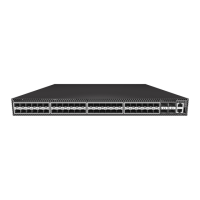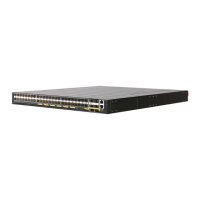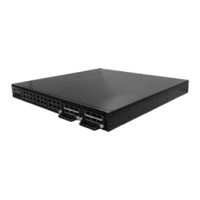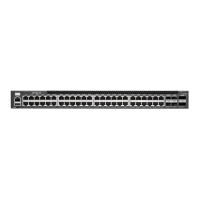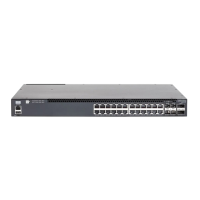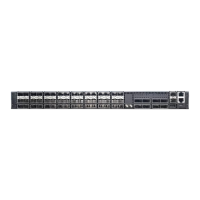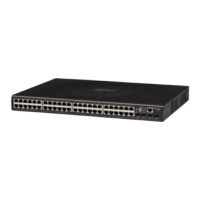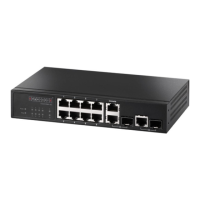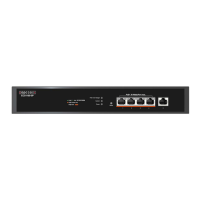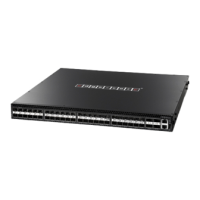Chapter 29
| IP Routing Commands
Border Gateway Protocol (BGPv4)
– 913 –
Route Aggregation and Dissemination
In the Internet, the number of destinations is larger than most routing protocols
can manage. It is not possible for routers to track every possible destination in their
routing tables. To overcome this problem BGP relies on route aggregation, whereby
multiple destinations are combined in a single advertisement. Routers receiving
this information, treat the combined destinations as a single destination, thus
reducing the number of individual routes that must be remembered. This also
reduces the network overhead required to transmit update packets and maintain
routing tables.
In BGP, route aggregation combines the address blocks for networks from two or
more ASes into a supernet, and transmits this information to a downstream AS. This
supernetted address block is less specific, and only lists the AS number of the AS
where the supernetting was done. The Atomic_Aggregate attribute indicates that
attributes for more specific paths are not included in the aggregated route, and the
Aggregator attribute indicates the AS and router where the aggregation was done.
The aggregator node will now serve as a proxy, using the more specific routes it still
maintains in its own routing table.
After inbound routes have been aggregated, the BGP speaker can propagates this
information based on export policies for individual neighbors or for defined router
groups, using route maps or other more precise routing criteria.
Internal BGP
Scalability
An iBGP speaker cannot advertise IP prefixes it has learned from one iBGP speaker
to another neighboring iBGP speaker. iBGP therefore requires full-mesh
connectivity among all iBGP speakers. For local networks containing a large
number of speakers, this requirement may be difficult to meet. There are several
commonly used approaches to resolving this problem, including route reflectors,
confederations, and route servers.
Route Reflectors
Route reflection designates one or more iBGP speakers as router concentrators or
route reflectors, which are allowed to re-advertise routing information within the
same autonomous system. It also clusters a subset of iBGP speakers with each route
reflector (also known as route reflector clients), and adds several new attributes to
help detect routing loops. Using the cluster hierarchy, connections are only
required between the route reflector and its clients, overcoming the normal
requirement for full-mesh connectivity among all iBGP speakers.

